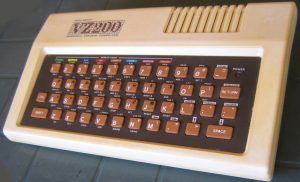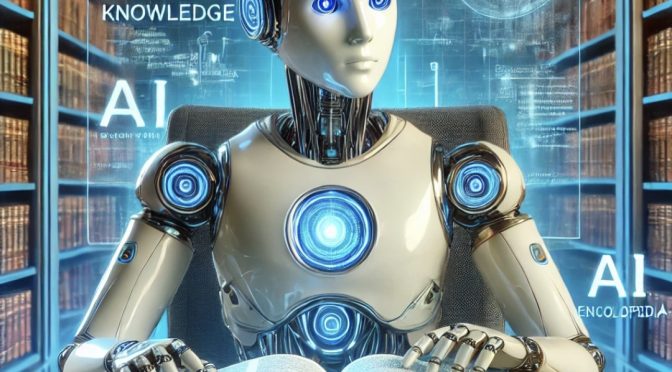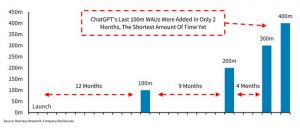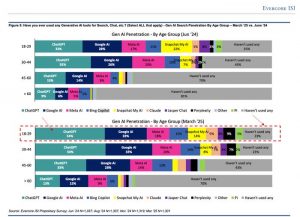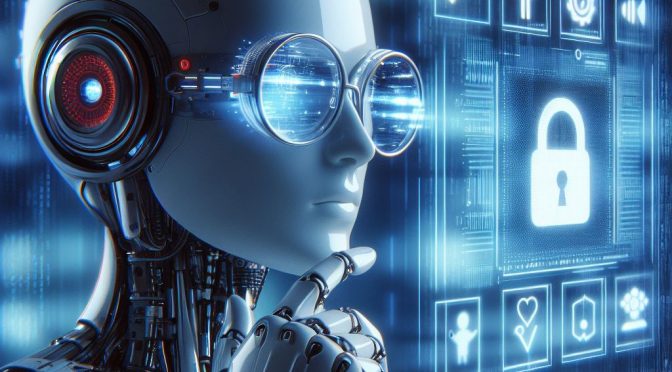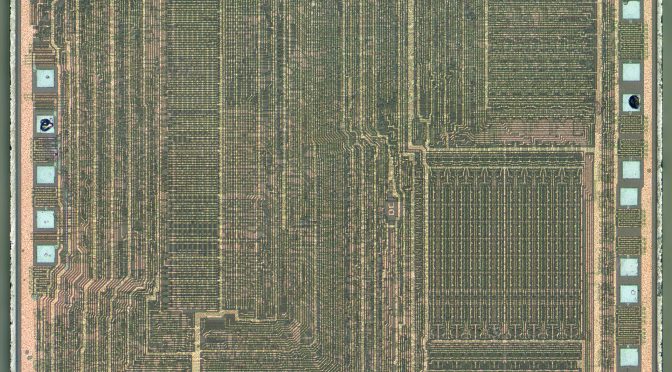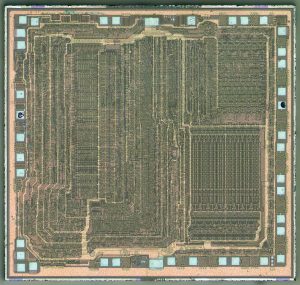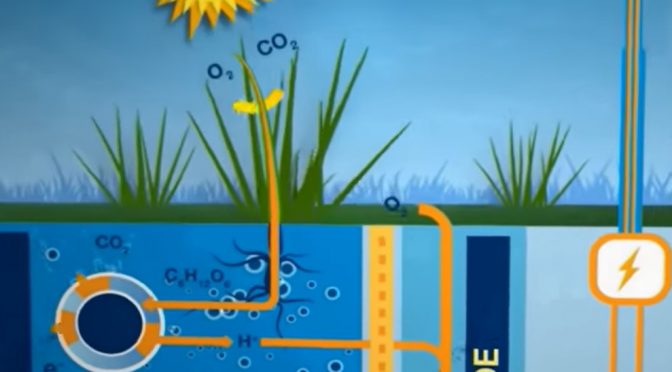In an era where the lines between human-generated and AI-generated content blur, the need for reliable artificial intelligence content detection tools has become paramount. Whether it’s text, images, videos, or audio, discerning the origin of content has significant implications across various domains, from academia to online platforms. However, as advancements in AI continue to evolve, so do the challenges associated with accurately detecting AI-generated content.
The Reliability Debate
The reliability of AI content detection software remains a contentious issue. A study conducted by Weber-Wulff et al. scrutinized 14 detection tools, revealing alarming accuracy rates, with most falling below the 80% mark. This lack of precision raises concerns about the potential misapplication of such tools, particularly in educational settings.
Text Detection Dilemma
Text detection stands at the forefront of the AI content detection discourse, primarily driven by concerns of plagiarism detection in academia and beyond. However, the efficacy of existing detection tools has come under scrutiny. Instances of misidentification, where human-generated content is flagged as AI-generated, highlight the inherent limitations of current technologies.
For example, the emergence of tools like ChatGPT has prompted educational institutions to implement stringent policies against AI usage by students. Yet, such measures can lead to unjust accusations, as evidenced by cases where students faced expulsion based on erroneous AI detection results.
Moreover, biases within text detection algorithms, such as discrimination against non-native English speakers, further complicate the landscape of content evaluation.
Anti Text Detection Tactics
As the arms race between detection tools and evasion techniques escalates, the development of anti-detection software has become inevitable. Studies reveal the effectiveness of tools like Originality.ai in bypassing AI detection, raising questions about the efficacy of existing countermeasures.
Image, Video, and Audio Detection Challenges
Beyond text, the detection of AI-generated images, videos, and audio presents its own set of challenges. While tools purportedly capable of identifying deepfakes exist, their reliability remains a subject of debate. Google DeepMind’s SynthID represents a notable attempt to combat AI-generated image proliferation through digital watermarking, albeit with uncertainties regarding its effectiveness.
Looking Ahead
As technology continues to advance, the landscape of AI content detection will undoubtedly undergo further transformations. Addressing the limitations of existing detection tools, combating biases, and enhancing cross-modal detection capabilities are critical areas for future research and development.
Moreover, fostering transparency and accountability in the deployment of AI content detection tools is essential to mitigate potential harm, particularly in educational and professional contexts.
In navigating the complexities of AI content detection, it is imperative to strike a balance between innovation and ethical considerations, ensuring that advancements in technology align with the principles of fairness, integrity, and inclusivity. Only through collaborative efforts and informed discourse can we navigate the intricate terrain of AI-generated content with confidence and clarity.
References:
– [Artificial intelligence content detection – Wikipedia](https://en.wikipedia.org/wiki/Artificial_intelligence_content_detection)
– Weber-Wulff, D., Anohina-Naumeca, A., Bjelobaba, S., Foltýnek, T., Guerrero-Dib, J., Popoola, O., … & Waddington, L. (2023). “Testing of detection tools for AI-generated text.” *International Journal for Educational Integrity*, 19(1), 26.
– Hern, A. (2022, December 31). “AI-assisted plagiarism? ChatGPT bot says it has an answer for that.” *The Guardian*.
– Taloni, A., Scorcia, V., & Giannaccare, G. (2023, August 2). “Modern threats in academia: evaluating plagiarism and artificial intelligence detection scores of ChatGPT.” *Eye*, 38(2), 397–400.
– Wiggers, K. (2023, February 16). “Most sites claiming to catch AI-written text fail spectacularly.” *TechCrunch*.
